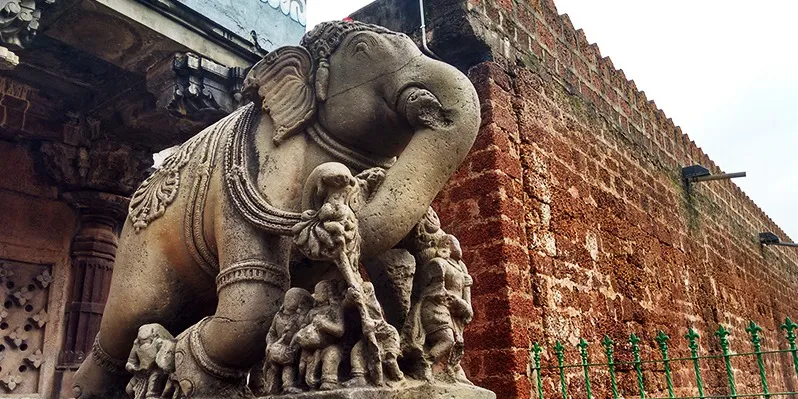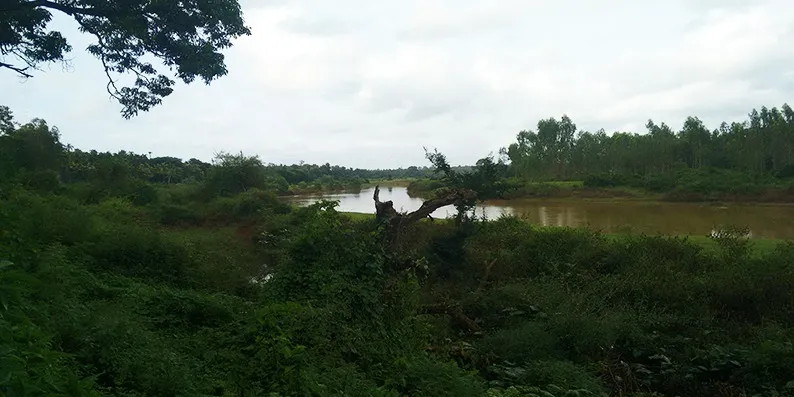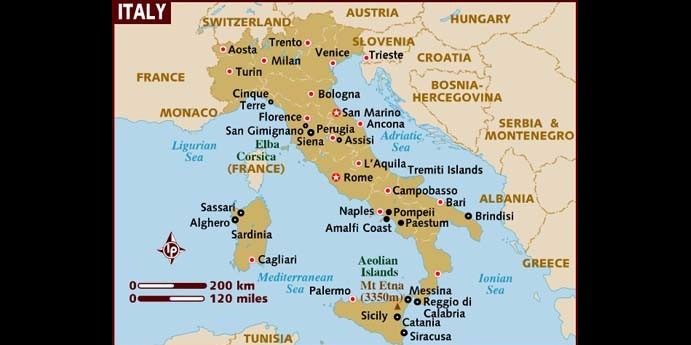

[Travel Series] Banavasi: A slice of ancient culture
People travel for many reasons, to see the wonders of the world, to have crazy adventures, to relax and recover. Some also travel to experience different cultures, to be a part of the local community, to broaden their horizons. If your motives are more akin to the latter, I have the perfect destination recommendation for you: an ancient spiritual centre second only to Varanasi, nestled in the Western Ghats of Karnataka, a little temple town called Banavasi.
Banavasi’s history goes back more than 6000 years with mention of its ancient name – Vanavasaka - found in the epic of Mahabharat. The Greek geographer, Ptolemy (AD 100 to AD 170) refers to the town as Banaouasei and the Chinese traveller, Hsuan-Tsang (AD 602–664) called it Konkanapura. During the reign of the Kadamba dynasty, it was known as Jayantipura, and was the capital of ancient Karnataka.

Figure 1 The colours of Banavasi
Today, Banavasi is a tiny hamlet lined with paddy fields and pineapple plantations, tucked away in the mountainous rain forests of Karnataka. It is promoted by the Ministry of Tourism and UNDP under the Rural Tourism Scheme. The scheme is aimed at creating models of sustainable tourism and helps local communities engage with travellers through their art and craft, local traditions and culture.
Here are a few experiences that Banavasi has in store for the backpacking traveller.
Dawn at Madhukeshwara Temple
Banavasi draws it fame from the Madhukeshwara Temple. Built during the time of the Kadambas, the temple is the heart of the town. Originally dedicated to Madhava (an avatar of Vishnu) it now houses a honey-coloured Shivalinga that also gives the temple its name (madhu means honey). In addition to several other deities and sculptures, you can see idols of the Goddess Mahishamardini and Lord Ganesha. Also present are monolithic sculptures of Nandi, the bull, and an ancient carved cot. Two beautiful stone elephants guard the temple’s entrance.

Figure 2 A saffron robed priest on his way to draw water, Madhukeshwara Temple
I made several visits to the Madhukeshwara temple, the most memorable of which was soon after dawn, one clear morning. The uneven stones of the temple courtyard still held the cool of the night and the memories of past rains. Young children, in their school uniform, stopped by to pray, perhaps they had an important event or exam that necessitated a quick prayer.
The orchestra of temple bells, the chant of priests' prayers, and bird calls swelled in serendipitous harmony. The warm smells of lamp oil, camphor, and incense joined the cool scents that stone exudes. A Shiuli tree, nudged by a gentle breeze, generously shed its white and saffron coloured flowers, making the temple a haven of deep spirituality and peace.

Figure 3 Stone Elephant, Entrance of Madhukeshwar Temple
An Afternoon in Pampa Vana
The first poet of Karnataka, Adikavi Pampa, spent significant time in Banavasi, composing his poetry. Pampa wrote lyrically of Banavasi’s mango bearing trees, melodious cuckoos, and humming bees. Today, there is a large swathe of gardens, Pampa Vana, dedicated to him. A mix of botanical garden, picnic spot and a site for ancient temples, it is located just off the main road across the tourist lodge. One afternoon, with the sun overhead, I followed the paved path to the heart of the garden. I could catch glimpses of paddy far afield, and hear the comforting lowing of distant cattle. By and by, I came upon a stone temple, the Adi Madhukeshwara, silent and deserted. Nandi, the bull, took his place of honour, as his wont, facing the sanctum that houses Shiva. I circled the temple, stopping to peer through the sanctum slat to catch slices of Divinity. On my walk back, a lonely bench tucked under the vines beckoned me to sit awhile. In keeping with the poetic legacy of the area, I took my notebook and pen out. Trees, tall and stately, became my silent companions as I read and wrote in their shade.

Figure 4 Temple in Pampa Vana
An Evening by the River Varada
The River Varada is to Banavasi, what the Ganga is to Varanasi. The sacred river borders the town and the Madhukeshwara temple is built on in its shores. From the temple, cross the road, to find a flight of steps that will take you down to the grassy banks. The river is calm here, gracefully curving away. If you pick a quiet time in the evening for your visit, you will likely only have crickets and frogs for company. As I picked my way to the shore, I thought back to all the times past, the rise and fall of the dynasties that the town of Banavasi and the River Varada had witnessed, the battles fought and won – of how, when attacked by invaders, the priests had protected the linga in the temple by replacing it with a replica. I sat by the river, and had an idyllic evening listening to it whisper tales and secrets of ancient and modern times.

Figure 5 The River Varada at Banavasi
Being a Guest of the Village
I was told that visitors to Banavasi, are ‘guests of the entire village.’ My experiences went on to prove the truth behind the statement. Banavasi, with its rich history and culture, with it warm people, welcomed me into its heart. While I wished I knew the local language, to engage more fully with the people I met, I did not, for a moment feel that I was not included. The tea-stall owner from across the temple, fried up some fiery chilli bhaji for me. When accompanied with an entire fresh pineapple, that the smiling ladies from the shop next-door, sliced up for me, it made for a lovely meal. The next morning, I had the privilege of having breakfast – prepared with love and care - at a local family’s home. I sat cross-legged, on a reed mat spread on the floor, and ate dosai after dosai (think a thin pancake made of fermented rice & lentil batter), long after my stomach was full. There were many other similar encounters and meals – simple, often wordless, always full of care.

Figure 6 Anyone for Fried Chillies?
Banavasi has a rich heritage of craftspeople and artisans – carpenters, wood carvers, basket weavers, black-smiths and potters. Yakshagana is a traditional Kannada theatre form that combines dance, song and acting and carvers of its trademark masks can be found in Banavasi. The Banavasi Kalamela or crafts festival, held in the last few months of the year, gives travellers a chance to see the artisans at work.

Figure 7 A simple meal at the Temple
Getting There
Whatever be your reason- the temples, the spirituality and peace, the culture and traditions, the food and people – do include this wonderful town in your travels across India.
The nearest town is Sirsi which can be reached through buses from all parts of Karnataka. I was travelling from Murudeshwar on the coast and changed buses at Honnavar and then Kumta to get to Sirsi. Local buses depart for Banavasi from Sirsi every few minutes. I caught a train to Bangalore for my onward journey, from the town of Sagara. Sagara can be reached from Banavasi by changing buses at Soraba. Since Banavasi is in the Western Ghats, expect your bus journey to be scenic and through lush forests and fields.
For more information:
http://www.banavasi.org/
http://www.simplyoffbeat.com/tours/banavasi-tourism/
http://www.karnatakaholidays.com/banavasi-town.php
This travel post is a part of Aao hostels fellowship travel series.

![[Travel Series] Banavasi: A slice of ancient culture](https://images.yourstory.com/production/document_image/mystoryimage/ipf9ob63-Banavasi-4.jpg?w=1152&fm=auto&ar=2:1&mode=crop&crop=faces)
